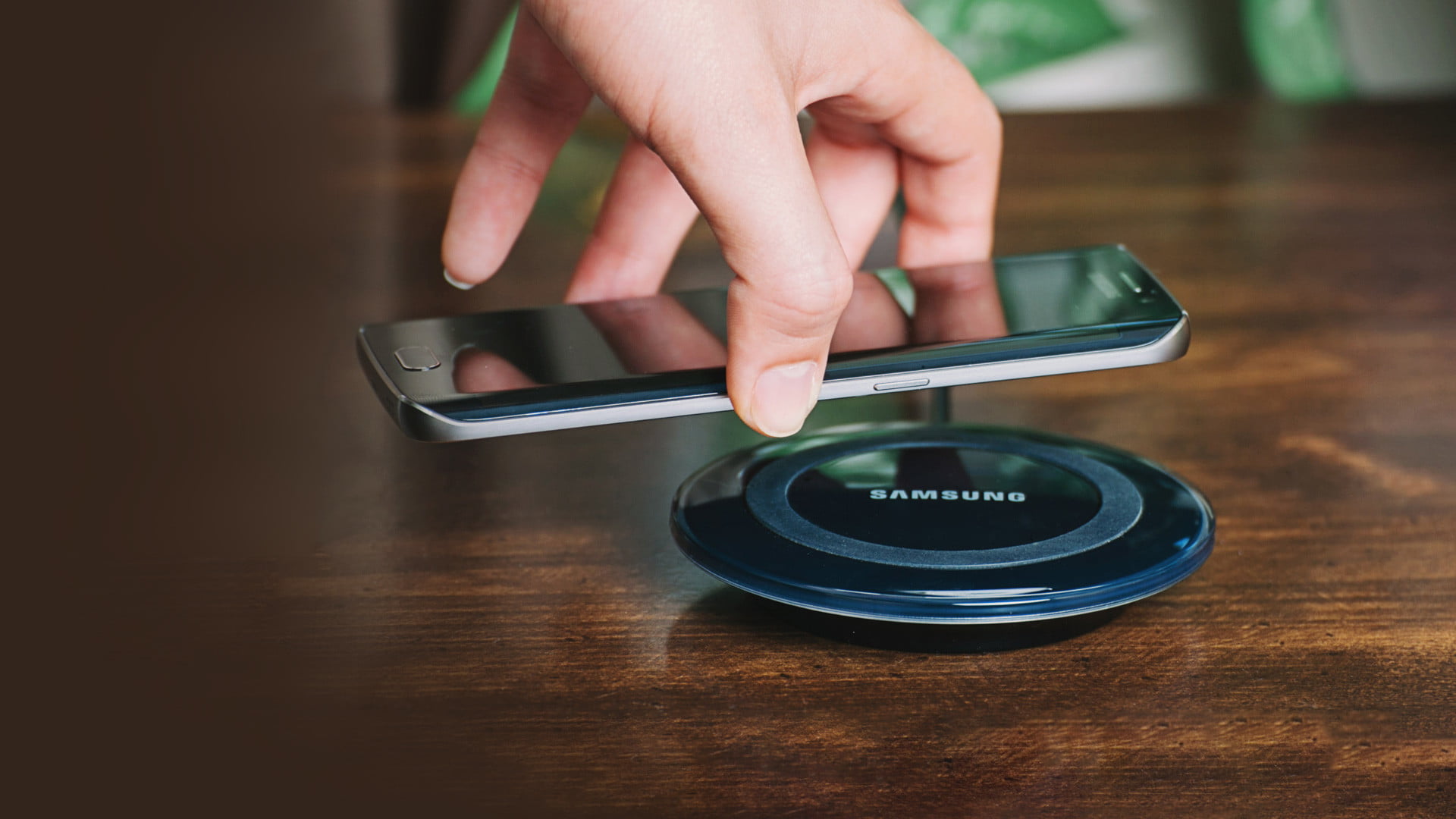It is not just land over sea level that has to be mapped and quantified – but underwater land too. One of the critical methods for mapping the surface underwater is using a bathymetric survey. <–more!–>
What can it be?
The expression “bathymetry” identifies the analysis of this terrain and shapes of land underwater, such as rivers, lakes, or oceans.
Bathymetric surveys are a sort of hydrographic survey that measures the depth of water and maps out the shape of the seabed. They could help draw a detailed map of the various shapes and characteristics of the submerged terrain.
What are they used for?
Bathymetric surveys serve many different uses and are useful on both small and large scales. Understanding the bathymetry of submerged terrain can tell us a lot about what happens above the surface.
For instance, the form of a riverbed can influence the speed, temperature, and other characteristics of the water flowing above it. Water reacts in different ways depending on the form of the land beneath it.
One of the most common uses for this type of survey would be to ensure safe surface or sub-surface navigation along waterways. Captains of both small river ships and big commercial ships use bathymetric surveys to determine the path they’ll take to achieve their destination safely, as the bathymetric survey shows where both shallow and deep waters are.
It’s necessary to remember that these surveys differ from hydrographic surveys because they are not as accurate for use in navigation. Bathymetric surveys are much more comprehensive than hydrographic details at outlining the terrain – whereas hydrographic surveys specifically make the graphs much easier to comprehend for navigators.
How are they drawn?
Through the years, the methods used for generating bathymetric surveys have changed appreciably. In the very early phases of bathymetry, simple techniques such as dropping long chains or ropes to the water from a boat were utilized to assess the thickness of the water and create fairly inaccurate bathymetric surveys.
This method later progressed to echo sounders that were placed beneath or over the side of ships. The echosounder would ping a ray of sound towards the ocean floor and the amount of time it took for the sound to travel through the water, hit on the seafloor, and come back again indicates how deep the water is (in a similar way to the way pregnancy ultrasounds are created).
Nowadays, echo sounders are still one of the most common forms of producing bathymetric surveys – but they have advanced from single-beam sounders to multi-beam echo sounders (MBES). These have tens of thousands of very narrow beams that extend up to 170 degrees across allowing rapid, precise coverage of the terrain.
Echosounders work alongside GPS systems. The GPS notes down the present location using a time tag concurrently with the reading from the echosounder. These two readings could be put together to produce both a bathymetric contour map and a 3D view.
Who makes them?
In the United States, surveys of the Vast Majority of navigatable inland waterways are conducted from the United States Army Corps of Engineers. Ocean bathymetric surveys are generally commissioned by the National Oceanic and Atmospheric Administration.
Bathymetric surveys can also be conducted using your own sonar bathymetric survey equipment (which can be extremely costly) or by hiring an expert that can conduct a more particular survey for you.
Where to find
Many polls are available for the public to access free of charge – especially of important waterways.
R2Sonic MBES technology is designed to gather bathymetric, backscatter, and water column data to serve the entire spectrum of possible end-users, from dredgers, ports and harbor surveyors, miners, scientists, and the spectrum of further offshore professionals. Click here for more information.





